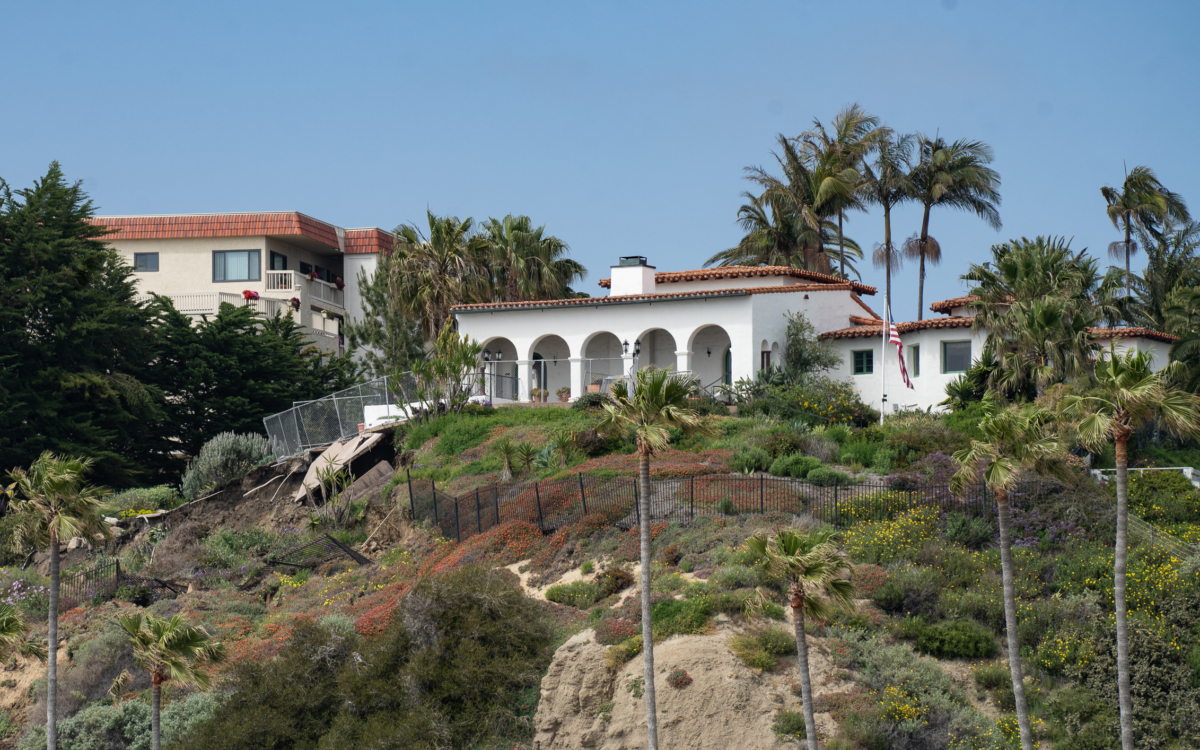


The fires and rains in California created the perfect scenario for mudslides and landslides. But mudslides and landslides can occur in all 50 states. They are specifically prominent on the western coastline, the Rocky Mountains, and the Appalachian Mountains.
If a mudslide or landslide destroys your home, how do you recover? Does your homeowner’s insurance cover your losses? There’s a difference between landslides and mudslides; learn how to protect yourself from a disaster happening to your house.
In the United States, landslides, mudslides, or mudflows cause more than $1 billion in yearly damages. They also cause 25–50 deaths.
But there is a difference between the three, and it could affect what insurance will cover your damaged home if one of these events happens to you.
A landslide occurs when rock, earth or debris moves down a slope. This is due to a natural disturbance of the slope’s stability. That disturbance can be caused by erosion, volcanic eruptions, heavy rains, or droughts.
Areas that have experienced wildfires or construction that has destroyed vegetation are vulnerable to landslides.
Mudslides and mudflows happen when water rapidly collects in the ground. The result is a surge of water-soaked rock, earth, and debris. It is saturated.
Landslides and mudslides are primarily earth movement, but they have different origins and insurance coverages. Mudflows come under a different category.
A homeowner’s policy does not cover landslides, mudslides, or mudflows. The policy explicitly excludes these perils.
Because home insurance is tied to “cause of loss,” which is what peril caused the damage, other coverages are excluded. If your home is damaged or destroyed by a landslide, mudslide, or mudflow, you do not have additional living expenses (ALE) coverage. You must pay for your expenses.
If you are a business, business interruption coverage is excluded.
Read your policy carefully. If you have a loss with one of these perils, although remote, there may be some limited coverage. Your homeowner’s coverage has an “efficient proximate clause.” If the facts show a wildfire, a covered peril, was the efficient proximate cause of the damage due to a mudslide or landslide, there may be some coverage.
It’s wise to file a claim if you’ve had wildfires near your home. But coverage due to wildfires may be difficult to argue because there’s usually too long between the fire and the earth movement damage.
Earthquake insurance doesn’t cover landslides, mudslides, or mudflows. Earthquakes aren’t considered the same type of earth movement.
Landslides are caused by erosion or water accumulation that destabilizes the land. A mudflow is caused by the land becoming oversaturated with water. However, earthquakes are caused by seismic activity.
Earthquake insurance is available as an endorsement to your homeowner’s policy from private insurance carriers. In California, you can also purchase it from the California Earthquake Authority. It does not come with your homeowner’s policy unless you pay for it separately.
If you bought the optional comprehensive insurance, your vehicle is covered for landslides, mudflows, and mudslides. Comprehensive insurance on your auto policy also provides coverage for flood and earthquake-caused damage.
Unlike a mudslide, a mudflow is like a flood. The dirt movement is much more fluid and liquid. Because of this, mudflows are covered by flood insurance. A flood insurance policy can run around $400 in low-risk areas. But if you live in a high-risk area, you may pay over $13,000 depending on your home’s value.
If you live in a flood-prone area, check with your insurance agent and make sure you’re covered.
Mudslides tend to be more solid, so flood insurance does not cover them.
If you’re in an area prone to landslides and mudslides, you’ll need a difference in coverage (DIC) policy. A DIC policy covers catastrophic events that homeowners’ insurance policies exclude. This includes landslides and mudslides. It also includes:
It fills in the gap that regular homeowner’s insurance has. But it only covers the home’s structure. If you want to cover your belongings, you’ll need to add a content rider. This is an endorsement you can add to your homeowner’s policy.
You’ll need to go to the surplus lines market to purchase a DIC. The surplus lines market consists of non-admitted specialized insurers covering risks unavailable within the admitted market. For example, the admitted market consists of U.S.-domiciled insurers like Nationwide. The surplus lines market is non-U.S. insurers like Lloyd’s of London.
Your insurance agent can help you find an insurer who sells DIC policies. If she doesn’t know, then check with your state insurance commissioner.
A DIC has a high deductible. It can be as high as 25 percent of the cost of your house. And DIC coverage for a $300,000 house will cost at least $1,000 annually. This is in addition to your standard homeowners’ policy.
The average cost of a standard homeowners’ insurance policy in the United States for a $300,000 home’s dwelling coverage is $2,777.
Rates may vary based on your region and home.
Your homeowners’ insurance policy has a large gap regarding landslide, mudslide, and mudflow perils.
Review your situation with a professional insurance agent. You may want to consider a DIC policy if you live in a high-risk area.
The Epoch Times Copyright © 2023 The views and opinions expressed are those of the authors. They are meant for general informational purposes only and should not be construed or interpreted as a recommendation or solicitation. The Epoch Times does not provide investment, tax, legal, financial planning, estate planning, or any other personal finance advice. The Epoch Times holds no liability for the accuracy or timeliness of the information provided.
